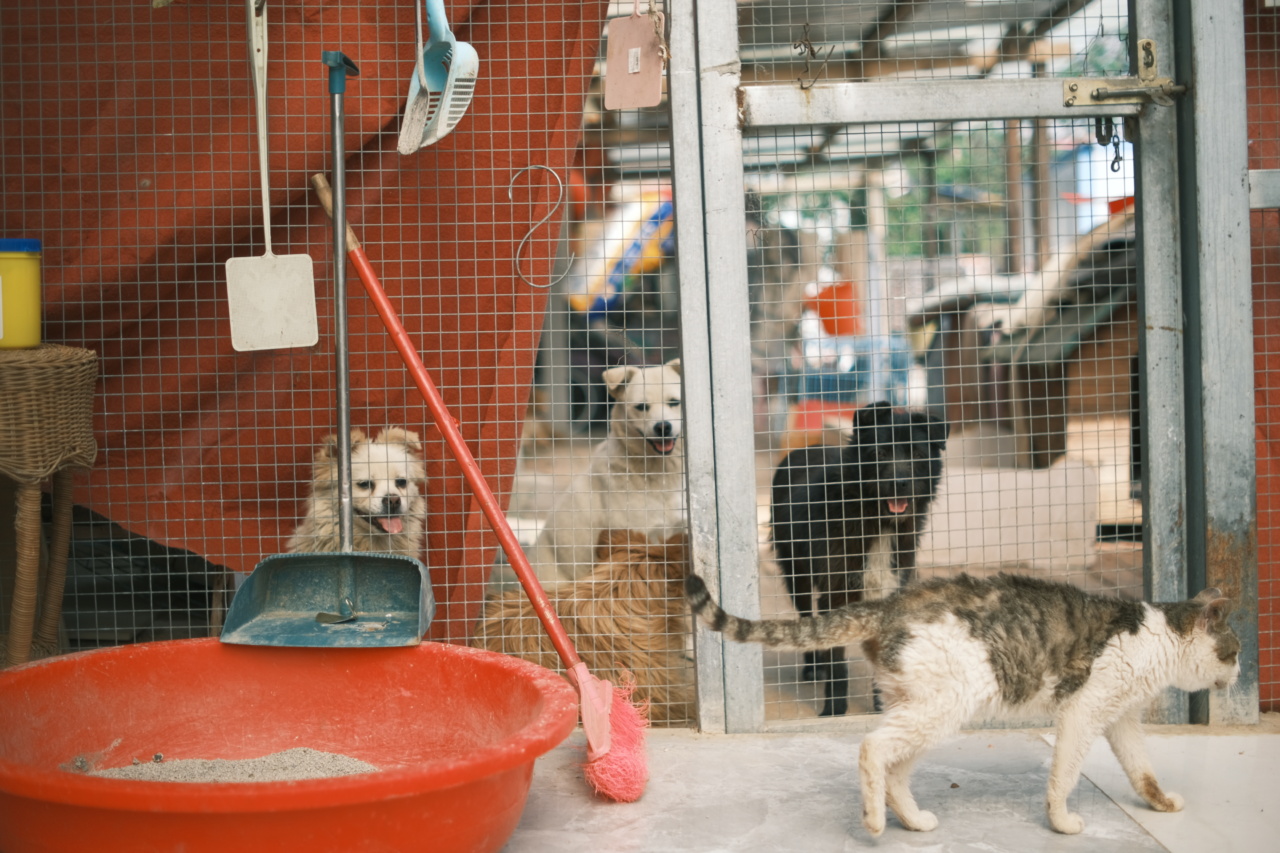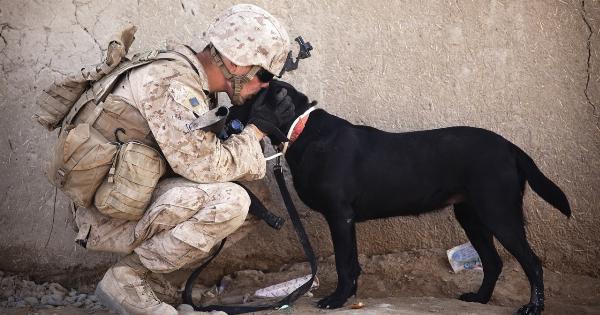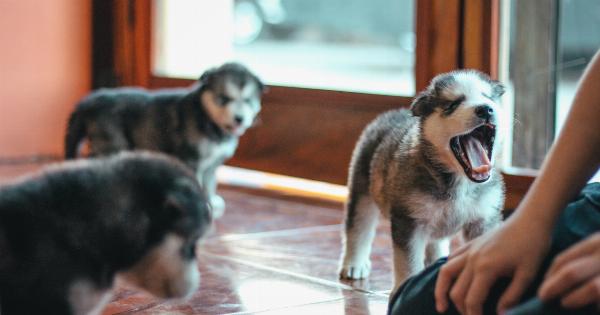Dogs, like humans, can experience fear. This primal emotion can be traced back to their wild ancestors and has played an essential role in their survival. But in today’s domesticated world, fear can be a significant issue for many dogs.
Fearful dogs can become reactive, anxious, and even aggressive when faced with uncertain or scary situations. Identifying and addressing fear in dogs is crucial to their well-being and the safety of others.
What Causes Fear in Dogs?
Many situations can trigger fear in dogs, including loud noises like fireworks, thunderstorms, unfamiliar people, unfamiliar environments, and other animals.
Sometimes, dogs can develop fear as a result of past traumatic experiences or lack of socialization. Genetics can also play a role in a dog’s disposition towards fearfulness.
How to Identify Fear in Dogs
As a dog owner, it’s essential to recognize the signs of fear in your dog. This can include panting, shaking, cowering, hiding, tense body posture, flattened ears, dilated pupils, and a raised heartbeat.
Fearful dogs may also become aggressive, barking, growling, or biting to protect themselves from perceived threats.
Counterconditioning and Desensitization for Fearful Dogs
Counterconditioning and desensitization are two effective techniques for addressing fear in dogs. Counterconditioning involves changing a dog’s emotional response to a particular stimulus.
For example, if a dog is fearful of strangers, you can pair the presence of strangers with tasty treats to create a positive association. Over time, the dog will learn to associate strangers with good things rather than fear.
Desensitization involves gradually exposing a dog to a feared stimulus in a controlled environment while rewarding calm behavior. For example, if a dog is scared of loud noises, you can gradually expose them to similar sounds at a low volume.
By gradually increasing the volume over time while rewarding calm behavior, the dog can learn to tolerate the noise.
Working with a Professional
If your dog’s fear is severe or they exhibit aggressive behavior, it’s crucial to work with a professional. A certified dog behaviorist can help you develop a personalized training plan tailored to your dog’s specific needs.
They can also provide additional support and guidance to help you manage your dog’s fear.
Training and Socialization for Puppies
Puppies that are properly trained and socialized early on have a better chance of growing up to be confident, well-adjusted adults.
Socialization involves exposing puppies to a variety of people, animals, and environments in a positive and controlled environment. This exposure can help prevent fear and anxiety later in life.
Training is also crucial for puppies. Basic obedience training can help establish yourself as the pack leader and give your puppy a sense of structure and routine. This can help build their confidence and reduce fearfulness.
Don’t Punish Fearful Behavior
It’s essential to remember that punishment is not an effective way to address fear in dogs. Punishment can worsen fear and anxiety and in some cases, cause aggression.
Instead, focus on positive reinforcement, reward calm behaviors, and avoid situations that trigger fear for your dog until you can work on desensitization and counterconditioning techniques.
Conclusion
Identifying and addressing fear in dogs is crucial for their well-being and the safety of others. It’s essential to recognize the signs of fear and work with a professional if necessary.
Counterconditioning and desensitization are effective techniques for addressing fear in dogs, and proper training and socialization can help prevent fear and anxiety later in life. Remember to focus on positive reinforcement rather than punishment when working with fearful dogs.



























